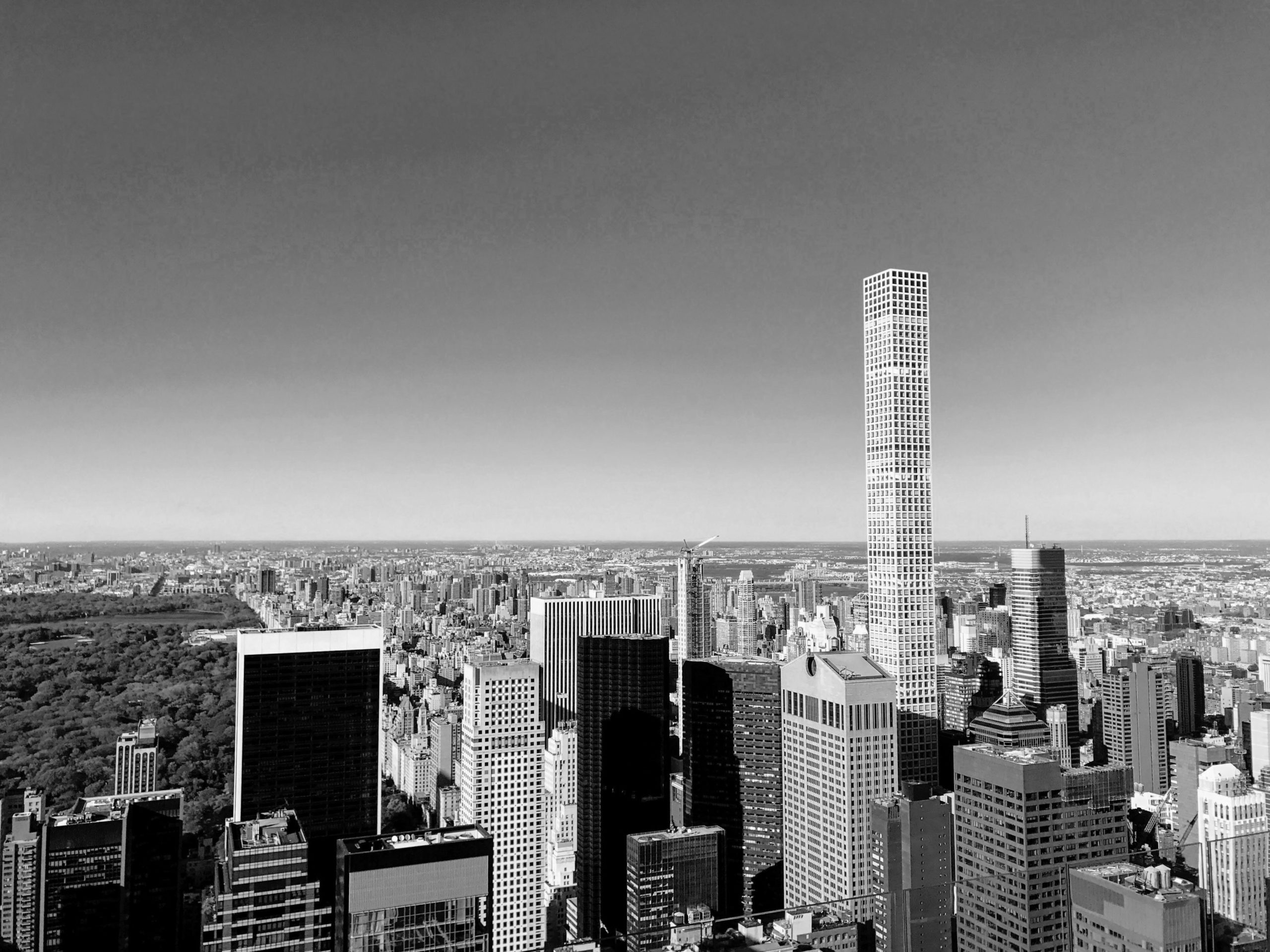New Jersey Supreme Court Clarifies Site Suitability Criteria for Use Variance
It is fundamental that all applicants seeking to obtain a use variance from a municipal zoning board of adjustment under the Municipal Land Use Law (“MLUL”) must prove that they satisfy both the so-called “positive” and “negative” criteria. One way to meet the positive criteria is to show “that the use promotes the general welfare because the proposed site is particularly suitable for the proposed use.” Last week, in Price v. Himeji, LLC, A-46-11 (June 25, 2013), the New Jersey Supreme Court clarified that, in order to show that the property is particularly suited for the otherwise prohibited use, the applicant need not prove that the proposed site is the only site suited for that use within the municipality. In other words, an applicant need not show that the property is uniquely qualified for the use to meet the positive criteria for a use variance.
In that case, Himeji, LLC (“Himeji”), sought to construct an apartment building. Because the subject property was located in a zone which did not permit such use, Himeji was required to apply to the local Zoning Board of Adjustment (the “Board”) for a use variance under the MLUL. Himeji also sought height, density and bulk variances. After Himeji, at the Board’s request, modified its original, larger plan and after an extensive hearing on the application, the Board adopted a detailed resolution granting the various variances sought by Himeji.
A local resident appealed the Board’s determination to the Superior Court, Law Division (the “Trial Court”). The Trial Court reversed the Board’s decision finding that the Board’s determination that the site was particularly suitable for the proposed use was arbitrary, capricious and unreasonable, as the Board had not found that the subject site was the only suitable location for the project. The Appellate Division reversed the Trial Court’s decision, and the Supreme Court then agreed to hear the appeal from that reversal.
The Supreme Court, while acknowledging the important public policy of abiding by a municipal zoning plan, also recognized the broad discretion imbued in zoning boards addressing applications seeking to vary from the zoning plan.
In reviewing relevant case law, the Court noted that “the particularly suitable standard has always called for an analysis that is inherently site-specific,” and that it carefully reviews the findings of zoning boards to ensure they are consistent with the intent of the MLUL. Such findings should distinguish the site from surrounding sites and show that the proposed use is needed in the community. The cases relied on by the Trial Court did not stand for the proposition, as the Trial Court believed, that the applicant was required to show that the site was uniquely suited for the particular use, or that there was no other more suitable site within the municipality. “Rather, it is an inquiry into whether the property is particularly suited for the proposed purpose, in the sense that it is especially well-suited for the use, in spite of the fact that the use is not permitted in the zone.” A zoning board’s finding of suitability, however, must be well documented by the zoning board for it to pass judicial scrutiny.
While the Court’s holding may not come as a surprise to seasoned practitioners, it does help to crystallize an issue which, by the Court’s own admission, may have been murky based on certain language contained in older, precedential cases. This decision provides clear guidance to zoning boards, developers, attorneys and judges on the important issue of site-specific suitability for use variances and takes away the argument that an applicant must show unique suitability.
This decision also highlights the need to have a well-drafted resolution that sets out in detail the development application, the relief sought, the proofs presented at the hearing(s) and the Board’s findings of fact and conclusions of law. As the Supreme Court noted, the Board’s resolution granting Himeji’s variances and approving its site plan was “critical to our review of the matters raised on appeal.” Because a court in reviewing a zoning board’s determination can only overturn such a determination when it is arbitrary, capricious or unreasonable, the more factual support and thoughtful findings and conclusions the Board provides in its resolution of approval, the more likely a reviewing court will be to affirm the Board’s determinations as reasonable in the face of a challenge.
As the law continues to evolve on these matters, please note that this article is current as of date and time of publication and may not reflect subsequent developments. The content and interpretation of the issues addressed herein is subject to change. Cole Schotz P.C. disclaims any and all liability with respect to actions taken or not taken based on any or all of the contents of this publication to the fullest extent permitted by law. This is for general informational purposes and does not constitute legal advice or create an attorney-client relationship. Do not act or refrain from acting upon the information contained in this publication without obtaining legal, financial and tax advice. For further information, please do not hesitate to reach out to your firm contact or to any of the attorneys listed in this publication.
Join Our Mailing List
Stay up to date with the latest insights, events, and more






